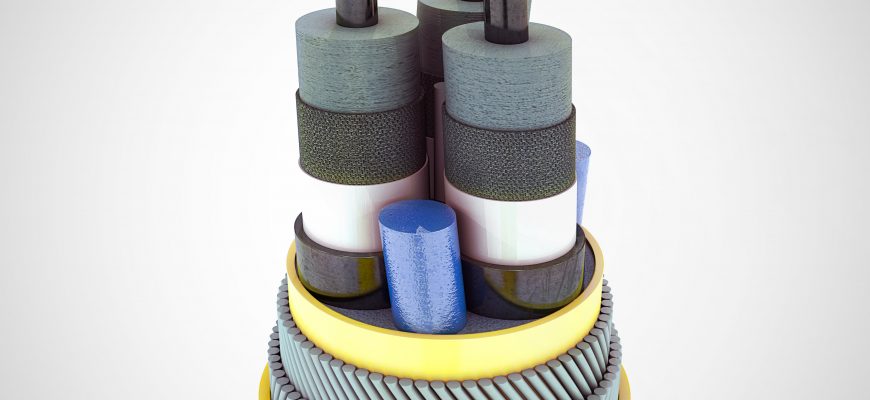Optimising inter-array cable protection
: In the dynamic and often harsh offshore environment, wind farm developers need certainty that their inter-array cables can withstand the elements to safely transmit power to shore. These cables typically have a layer of steel armour to protect their internal components, but sometimes additional protection is needed to safeguard against failure in unforgiving environments. Especially as environmental loading is much stronger in shallower waters, where wind farms are typically built.
For example, the weather is particularly harsh in the North Sea. In Australia, developers have to battle strong ‘Solution Currents’, and the fledging offshore sector in the United States will need to ensure cables are strong enough to withstand hurricanes!
So, how can developers protect cables cost-effectively to ensure that the captured energy is safely transmitted to shore?
There are three main protection methods developers can employ:
- Bend stiffeners: Manage the stiffness transition of a cable from the monopile. Bend stiffeners do this by adding local stiffness to limit the bending stresses and curvature. Ideal for dynamic installations, bend stiffeners prevent structural damage from over bending.
- Bend restrictors: Used to protect cables from over bending and buckling during their installation or operation phase. Bend restrictors reduce point loading at the termination to an acceptable level.
- Bespoke cable protection systems: Unique cable protection systems built with the individual wind farm in mind. Bespoke cable protection systems can comprise bend stiffeners and restrictors of polymer and metallic elements, to shield the cable from abrasion and impact loading.
Developers can optimise their cable protection methodology long before installation through front end engineering and design (FEED) analysis. Technical experts like JDR can review the specified design and installation plan for the site to determine a cost-effective and risk-appropriate solution. The benefits of up front analysis, including dynamic analysis, will increase as wind farms move to deeper water, through improved configuration of cable protection solutions.
As the sector advances, developers need certainty that the power they produce is safely and reliably transmitted to shore. With a range of options available, it’s important to understand the benefits and risks of each to make an informed decision. Ultimately, the choice of cable protection is developer-driven. However, careful consideration of the site-specific offshore conditions can ensure optimal cable systems.

